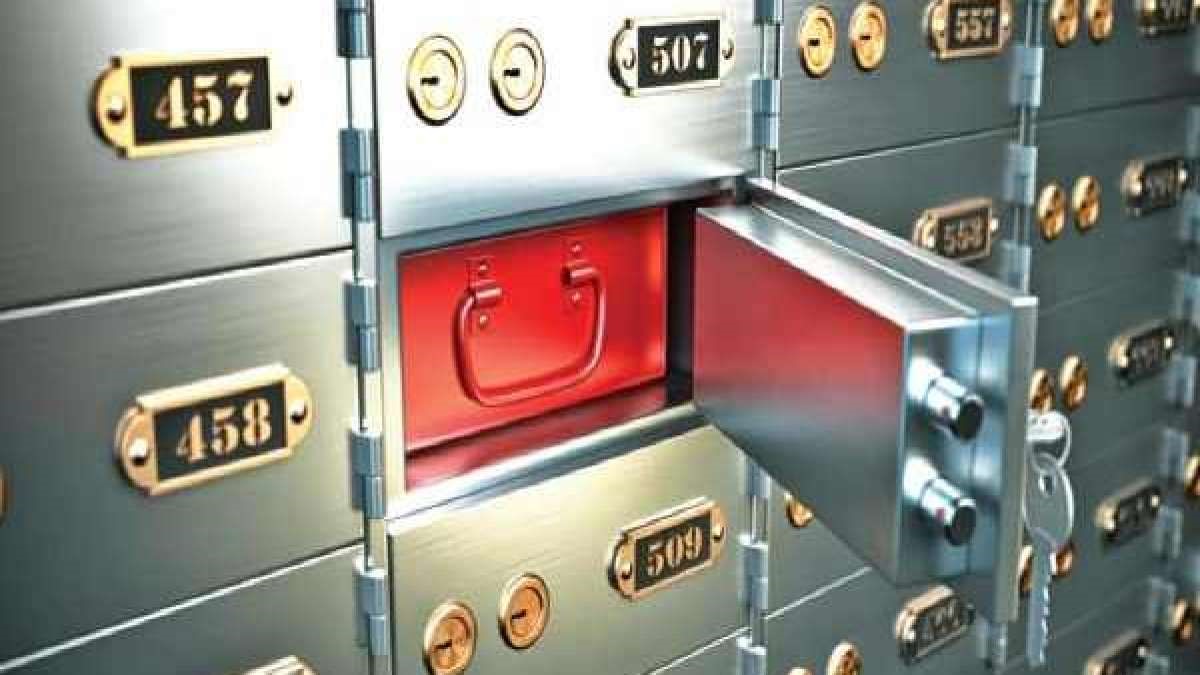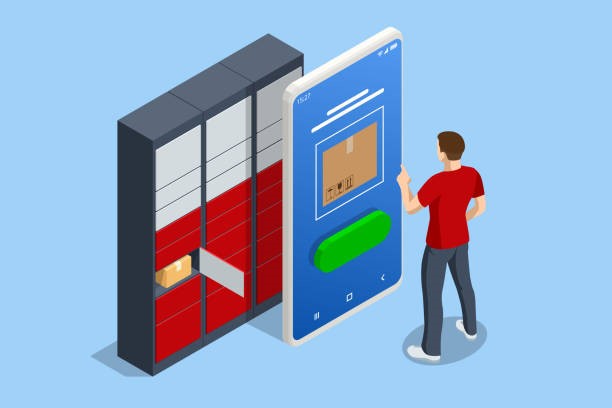Banks small or big, offers variety of services to its customers. Bank locker is one of the traditional service offering by the bank. Many a times, customers prefer to keep important documents, jewellery and other valuable portable assets safely in banks. Banks allocate the locker facility to customers who have a strong financial backing and maintains healthy funds in the savings/current/FD accounts (Also known as FLOAT Balance in banking parlance).
Let’s dive into the new details:
In recent times, the Reserve Bank of India (RBI) has issued new rules regarding bank lockers, aimed at safeguarding the rights and interests of customers. However, many customers are unaware of these new rules and their implications. This article aims to provide comprehensive information on the subject to address this lack of awareness.
FAQs:
What are the new rules regarding bank lockers?
The new rules introduced by RBI have several key provisions. Customers holding bank lockers are now required to show their eligibility by providing necessary documents and entering into a renewal agreement within a specified timeframe. These rules were implemented by the RBI in response to an increasing number of customer complaints regarding bank locker-related issues.
What is the deadline for signing the new locker agreement?
The RBI has set specific timelines for banks to sign new agreements with their locker holders. These deadlines are staggered, with certain percentages of locker holders required to sign the new agreement by specific dates. It is crucial for customers to be aware of these timelines and ensure they have the necessary information and details regarding the new agreement from their banks.
What are the responsibilities of banks under the new rules?
Under the new rules, banks are now responsible for the safety and security of the goods kept in the locker. This includes addressing concerns related to theft, fraud, fire, or building collapse. Banks cannot evade their responsibility for the security of locker contents and must take appropriate measures to ensure the safety of customers’ valuables.
Who is responsible for the stamp paper charges?
There is often confusion among customers regarding stamp paper charges for the new locker agreement. Some banks require customers to submit their agreements on specific value stamp papers, while others bear the expenses themselves. It is important for customers to communicate with their respective banks to clarify who is responsible for these charges.
What problems are customers facing with the new rules?
Customers have reported various issues with the implementation of the new rules. These include banks not requesting locker agreement renewals within the specified timeframe, as well as providing conflicting information regarding the new rules. It is crucial for customers to proactively communicate with their banks to resolve any problems they may face and seek clarification when needed.
Have banks increased locker charges?
Banks have indeed increased locker charges as a part of these new rules. For instance, the State Bank of India (SBI) has revised its locker charges. The rate changes vary for different types of lockers, and the charges are influenced by factors such as locker size and location. Customers are advised to check with their respective banks for specific details regarding any changes in locker charges.
Conclusion:
Understanding the new rules of bank lockers is of paramount importance to customers. Addressing the FAQs mentioned above provides a comprehensive view of the subject and empowers customers to make informed decisions. It is highly recommended that customers reach out to their respective banks for further clarification, guidance, and assistance regarding the new rules to ensure a smooth transition and adherence to the regulations.











No Comments